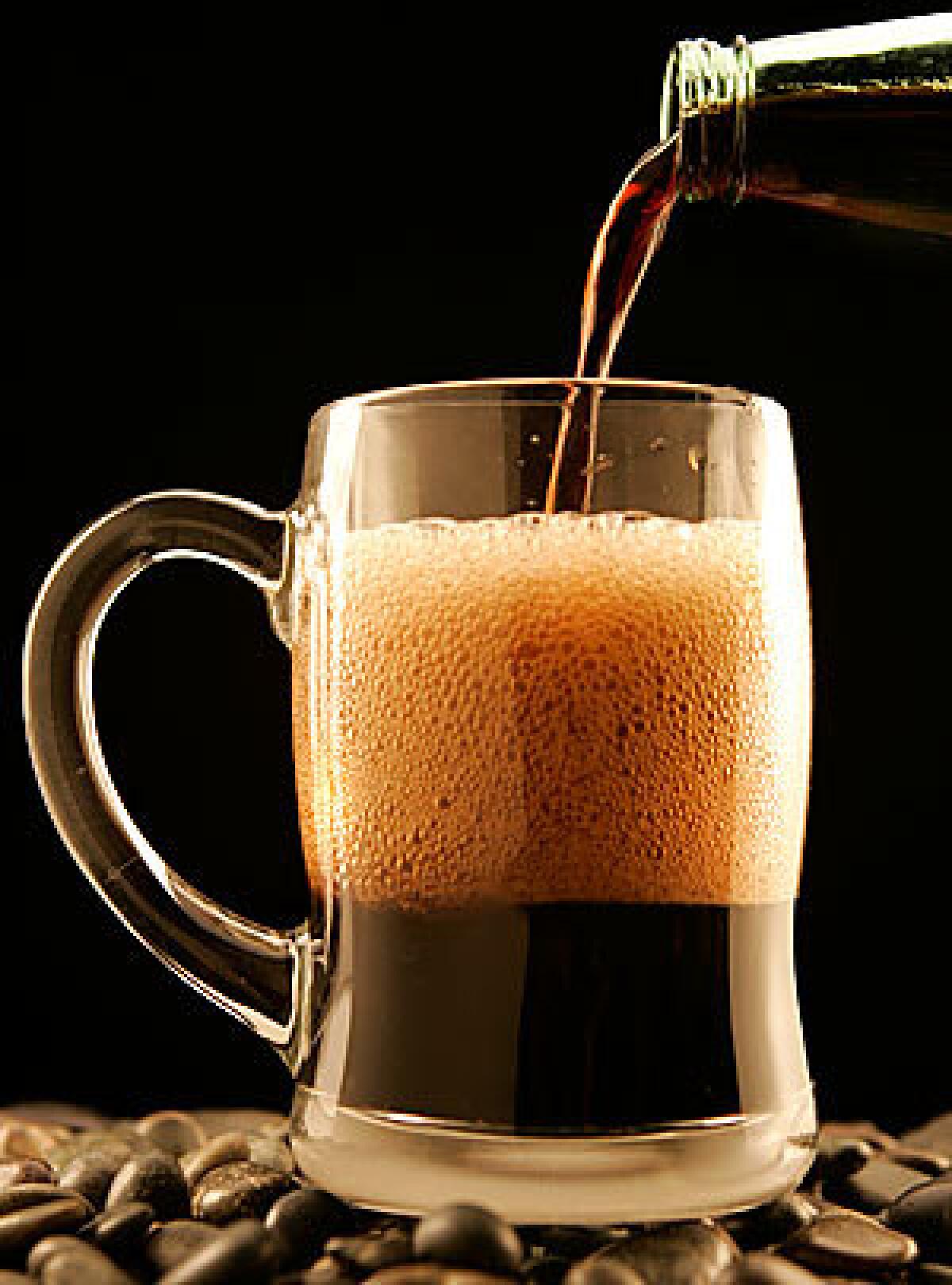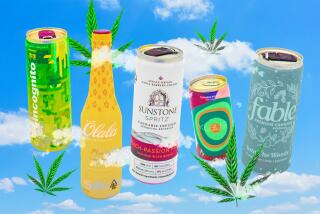Root beer: The revival of an all-American

Root beer is back. That’s right, root beer -- the dark brown stuff, cola’s elder brother, the foundation of that most perfect of soda fountain drinks: the root beer float.
Not too long ago, you were lucky to find more than a couple of brands of root beer anywhere. Today, if you look around, you can choose among old favorites, regional brands that have become available here and a raft of novel brews that expand the very definition of root beer. (For good or ill. When you add sage to your recipe, my friend, I just don’t think you’re really making a root beer anymore.)
The revival might have been spearheaded by craft brewers such as Abita, Gordon Biersch and Goose Island, which have taken to including root beer in their rosters. The brewery connection is quite natural. Root beer is descended from the home-brewed “small beers” that Americans were making in the 18th and 19th centuries with flavors such as ginger, sassafras and spruce. Once upon a time, spruce beer was so common that people regularly boiled the tips of spruce branches so they could have bottled extract on hand for quick use.
All the small beers were mild hot-weather drinks, typically fermented only 24 hours before bottling. Fizz, not booze, seems to have been the aim. The ginger beer recipe in “The Virginia Housewife” (1824) promises, “Cork it very well and it will sparkle like Champaigne [sic].” (Many old recipes added a spoonful of molasses to each bottle, like the dosage of sugar added to Champagne to encourage bubbles.) By 1845, some people were making an artificially carbonated beverage by mixing ice water and baking soda with a sassafras-molasses extract.
The name “root beer” was coined by Charles E. Hires, a Philadelphia druggist who introduced it to the world at the 1876 Centennial Exposition. He had conceived his concoction of ingredients as a root-based equivalent of an herbal tea, but he soon found that it worked better as a soda fountain drink.
Immediately, people all over started marketing their own root beers, and there came to be literally hundreds of brands. The classic root beer recipe was dominated by sarsaparilla, a tropical vine, and sassafras, the fragrant root of the same tree whose leaves give us the Cajun- Creole flavoring gumbo filé.
Hires had promoted his product as a non-alcoholic drink. As a result, sarsaparilla was considered such an innocent ingredient that, as late as the 1950s, the heroic new sheriff in a cowboy movie would walk into the local saloon and ask for a “sasparilly,” showing how pure and fearless he was. This would be the equivalent of going into a tough bar and asking for root beer.
However, sassafras is no longer considered innocent. In 1960, it was outlawed as a food additive because mega doses caused cancer in rats. Since then it has become even more illegal, because the flavoring element in sassafras, safrole, is used in making the illicit drug MDMA (Ecstasy).
So, it has been replaced by the leaves of an inconspicuous woodland plant called spotted wintergreen. Spotted wintergreen also has a more mellifluous name borrowed from the Cree language of Canada, pipsissewa.
There has never been a single recipe for root beer, so it is not at all unprecedented for modern makers to include vanilla or other spices.
Licorice is also a traditional ingredient, so you can’t fault people for experimenting with the similar flavor anise. A lot of sodas began including caffeine in the 20th century, so it’s natural that power-drink versions of root beer have sprouted up that throw in ginseng, kava or guarana.
On the other hand, a number of brands now advertise that they’re caffeine-free. And if you see quillaja listed among a root beer’s ingredients, it’s there to give a richer head of foam.
More to Read
Sign up for The Wild
We’ll help you find the best places to hike, bike and run, as well as the perfect silent spots for meditation and yoga.
You may occasionally receive promotional content from the Los Angeles Times.










